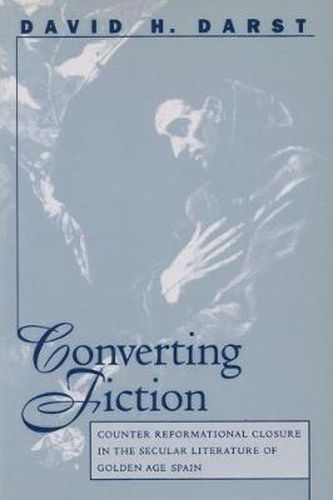Readings Newsletter
Become a Readings Member to make your shopping experience even easier.
Sign in or sign up for free!
You’re not far away from qualifying for FREE standard shipping within Australia
You’ve qualified for FREE standard shipping within Australia
The cart is loading…






This study examines the many ways in which seventeenth-century Spanish authors manipulated the expected outcomes of secular literature to create religiously motivated endings prompted by some kind of conversion. In the late sixteenth century, the prevalent technique was to transform the secular material entirely, a lo divino. After 1598, however, writers developed the ingenious procedure of ostensibly following a secular account of events but subverting it by inserting an unanticipated religious ending.
The specific kinds of conversion at closure examined here are the appropriation of earlier genres; conversion of non-Christian literary types; personal conversion of the native Spaniard through the Catholic ritual of confession, penitence, and absolution; conversion of the nation’s historical material; and conversion of the very landscape upon which Christians walk in their pilgrimage through life.
$9.00 standard shipping within Australia
FREE standard shipping within Australia for orders over $100.00
Express & International shipping calculated at checkout
This study examines the many ways in which seventeenth-century Spanish authors manipulated the expected outcomes of secular literature to create religiously motivated endings prompted by some kind of conversion. In the late sixteenth century, the prevalent technique was to transform the secular material entirely, a lo divino. After 1598, however, writers developed the ingenious procedure of ostensibly following a secular account of events but subverting it by inserting an unanticipated religious ending.
The specific kinds of conversion at closure examined here are the appropriation of earlier genres; conversion of non-Christian literary types; personal conversion of the native Spaniard through the Catholic ritual of confession, penitence, and absolution; conversion of the nation’s historical material; and conversion of the very landscape upon which Christians walk in their pilgrimage through life.